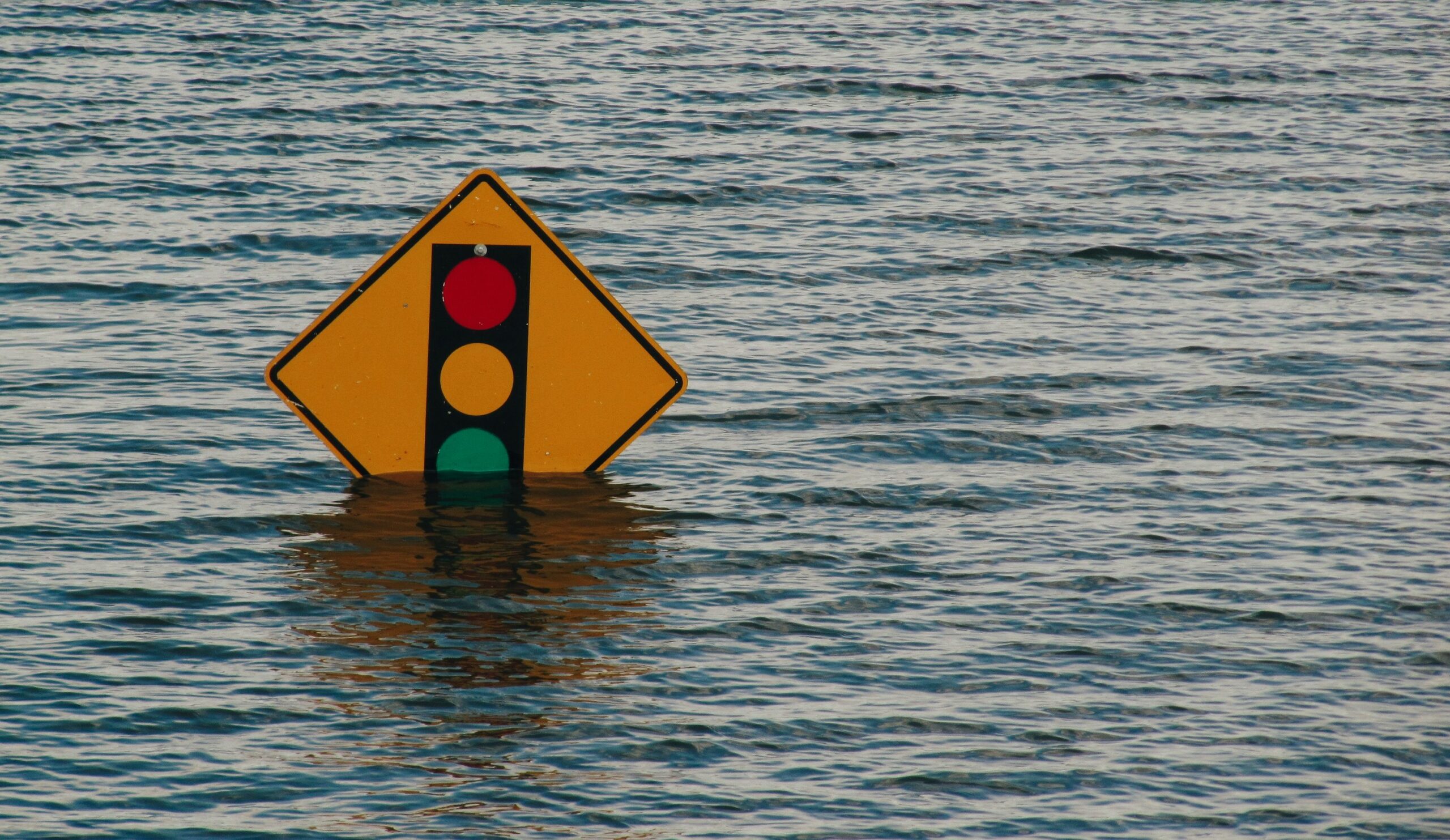In the face of adverse weather conditions such as high winds, heavy rain, hail, and tornadoes, the potential for extensive damage to homes and vehicles is a significant concern. To safeguard against the financial implications of storm damage, it is crucial for homeowners and drivers to ensure they have appropriate insurance coverage, including policies and endorsements tailored to address specific risks.
Identifying Common Home Insurance Coverage Gaps
Many homeowners may not fully comprehend how coverage gaps can leave them financially vulnerable in the aftermath of a storm. A thorough review of your current home insurance policy with your agent is essential to determine potential gaps that could hinder your ability to recover from severe storm damage.
One prevalent coverage gap is flood insurance. Contrary to common misconceptions, standard home insurance policies often do not cover flood damage. Residents in flood-prone areas or those with concerns about potential flood damage should consult their agents to secure a separate flood insurance policy. These policies, often issued through the National Flood Insurance Program, can help cover damage caused by rising water during storms, hurricanes, and other weather-related events. It’s crucial to note that a waiting period of 30 days typically exists before flood insurance coverage takes effect, emphasizing the importance of purchasing it well in advance of a storm. Some private insurers may also offer flood insurance.
Standard homeowner’s insurance policies generally do not cover damage resulting from water entering the home through the sewer system or sump pump. To mitigate these risks, homeowners can opt for endorsements or separate policies specifically designed to cover water backup and sump pump failure up to a predefined dollar limit.
Understanding the property damage limits in your policies is also vital. While most standard homeowners insurance policies cover damage up to a certain limit, homeowners may find themselves responsible for covering the excess if the cost of repairs or replacement surpasses this limit. Regularly reviewing property damage limits with your agent ensures you maintain adequate coverage in the event of extensive damage caused by a severe storm.
Additional Living Expenses (ALE) coverage is another crucial consideration. This coverage can help offset the costs of living elsewhere if your home is damaged and uninhabitable due to a storm or other covered event. ALE coverage, typically a percentage of the dwelling coverage limit, covers expenses like hotel stays, rental homes, restaurant meals, and other necessities incurred during the repair or rebuilding process. However, it’s important to note that ALE coverage only addresses expenses beyond your normal living costs, such as rent or mortgage payments.
Homeowners should also be aware of the coverage for food loss due to electrical outages caused by covered perils. While homeowners insurance policies may cover such losses, there are typically limits and deductibles associated with this coverage. Those who store large amounts of food should discuss their coverage with their agent to assess whether a food loss endorsement is necessary.
Addressing Common Auto Insurance Coverage Gaps
Drivers should also be vigilant about potential coverage gaps that may expose them to financial vulnerability in the event of severe weather. Here are some areas to consider:
- Comprehensive Coverage: This coverage extends beyond collision events, encompassing damage caused by theft, vandalism, and natural disasters. Without it, vehicle owners may be responsible for repairing or replacing their vehicles if damaged by severe weather.
- GAP Insurance: In situations where the comprehensive coverage payout falls short of covering the vehicle owner’s debt, GAP insurance can be crucial. It bridges the gap between the actual cash value of a vehicle and the total amount needed to pay off the car loan or lease.
- Liability Coverage: While most states mandate minimum auto liability coverage, it may not be sufficient to cover the total cost of third-party damage claims. In severe weather conditions, such as hydroplaning accidents during storms, the liability coverage limits may be exceeded.
- Rental Car Coverage: Rental car coverage is optional, and without it, drivers may bear the full cost of renting a car while their vehicle is being repaired after storm damage.
Ensuring Adequate Home and Auto Insurance Coverage
To safeguard against significant repair bills resulting from storm damage, homeowners and drivers must proactively address common coverage gaps in their policies. By either purchasing additional coverage or adjusting policy limits, individuals can better protect themselves from the financial impact of adverse weather events.
Home and auto insurance policies are highly customizable, allowing individuals to tailor their coverage to specific needs. Waiting until a storm hits is not the time to discover potential coverage gaps. Contact Knauf Maxwell Insurance Services today to review and customize your insurance coverage, ensuring you are adequately protected and prepared for unforeseen events.





